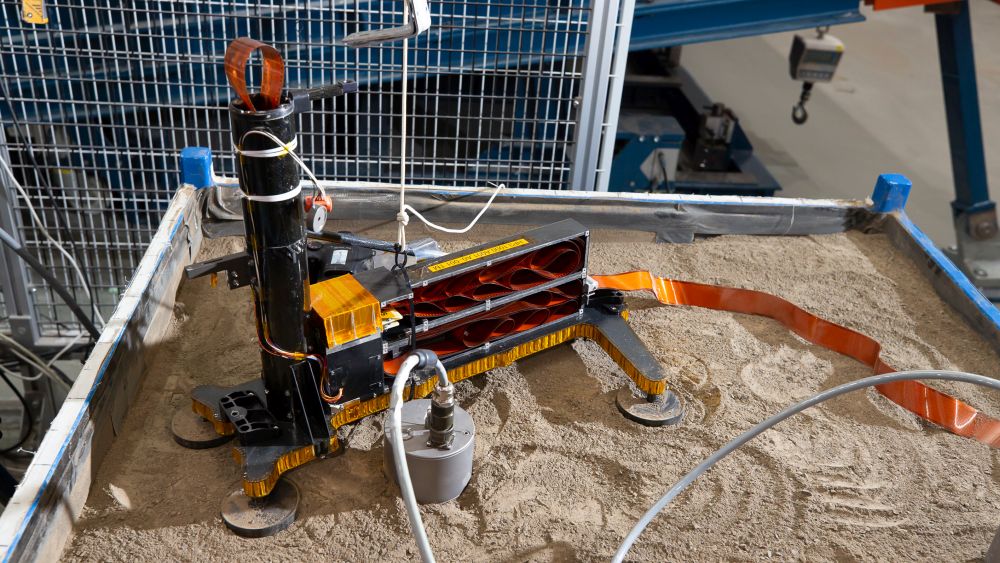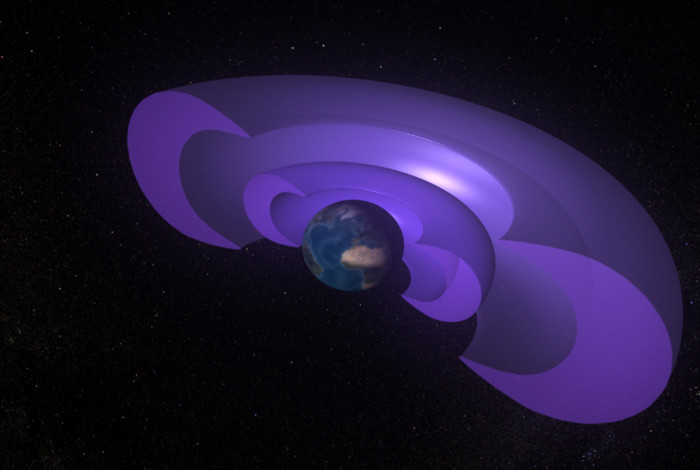Hosts:
Fraser Cain (universetoday.com / @fcain)
Dr. Pamela Gay (astronomycast.com / cosmoquest.org / @starstryder)
Dr. Kimberly Cartier (KimberlyCartier.org / @AstroKimCartier )
Dr. Morgan Rehnberg (MorganRehnberg.com / @MorganRehnberg & ChartYourWorld.org)
Dr. Paul M. Sutter (pmsutter.com / @PaulMattSutter)
Dr. Dorothy Z. Oehler is a planetary geologist and Precambrian paleontologist. Continue reading “Weekly Space Hangout: Apr 17, 2019 – Dr. Dorothy Oehler Talks “No Methane on Mars?””







